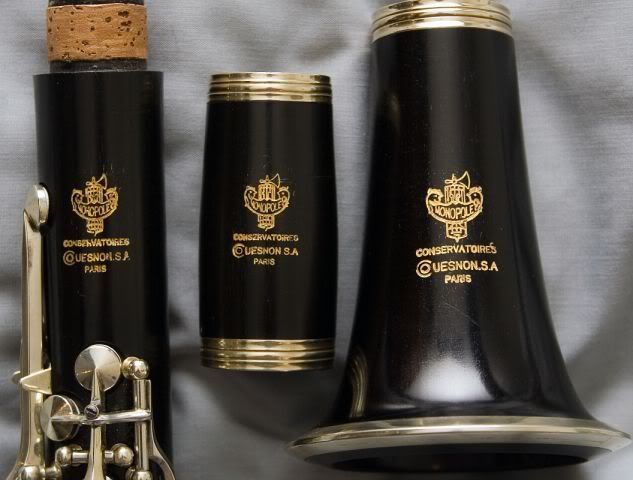I've also heard this from one of my instructors, "If you tune a note on your sax, how many notes are in tune on the instrument." The answer of course is "none".... I'm guessing over 95% or more of all sax players are young students, hobbyists, and the like. We need to consider them in the equation.
The best exercise IMO for developing the inner ear and the familiarity with the instrument to combine the two, is to practice with a steady drone tone. Get together with another horn player. One player holds a steady drone note. The other player matches the unison, and then plays all the 5ths, 4ths and major 3rds (above and below) to that drone, holding the notes long enough to get the intonation to "lock' on each. Do it in every key. When you can do that, then play all 12 chromatic notes to the drone. Each note has a slot that you can feel, where it sits just right, even the dissonant half-steps and tri-tone.
What you will quickly discover, is that on many of the intervals, your horn, no matter if it is vintage or the latest modern wonder, is really out of tune. You have to do a lot of adjusting to get in tune, and the placement of a note changes with the tonality. I've seen grad students who thought they played in tune, break into tears with this exercise. So,if we are truly concerned about intonation, the only thing any player, pro or hobby, really need consider as part of the equation, is that no matter what horn you have, good intonation comes from the player. There is no such thing as an in-tune instrument.





